by Donna DeForbes of Eco-Mothering

“The earth is sick, Mommy.”
This is what my six-year-old daughter has learned from my years working for an environmental organization and talking about pollution, fish kills and global warming.
Now that I am removed from that immediate environment, I wonder about such a negative message. Does it inspire action or does it feed hopelessness?
My recent focus on the law of attraction tells me like attracts like. Repeating statements like “the earth is sick” builds on that negative energy and tends to create similar situations. Another way of looking at it: I see only negative situations through such a filter. I focus on the oil spills, the violent weather patterns, the displaced polar bears… and become blind to the good things happening in the world. And there are good things.
The earth has survived for over four billion years, after all. It has learned to heal itself. It’s atmosphere and temperature and the life forms they support may change, but the earth itself keeps evolving. It may seem “sick” from our human perspective, but I’m pretty sure this planet will outlast us.
This is not to say I don’t care about ecological issues anymore. I do. I believe in connection with nature. In striking a balance with other species. In taking action. What suddenly irks me is the message of scarcity that often prevails in environmental activism: There’s not enough. Use less. We’re running out. Think small.
As I’m learning in other areas of my life, scarcity provokes more Scarcity and its bullying cousins: Fear, Negativity and Hopelessness. And aren’t they a fun bunch to be around? Feelings of scarcity do not inspire generosity. Feelings of abundance inspire generosity. People who are barely making ends meet typically do not donate to charities. Prosperous people donate to charities.
At home, if my daughter, Sofie, thinks there’s not enough of something for the whole family—blueberries, for example—she fears she won’t get her share. This leads to behaviors of whining, hoarding and obsessively comparing everyone’s share of berries to see who got the best deal. Fun times.
 However, I notice these behaviors are absent when Sofie believes there are plenty of blueberries. Maybe it’s because the fridge is fully stocked or she knows we’ll buy more or she sees our blueberry bush fruiting. When my daughter feels this abundance, she eats her berries joyfully and is more apt to share them.
However, I notice these behaviors are absent when Sofie believes there are plenty of blueberries. Maybe it’s because the fridge is fully stocked or she knows we’ll buy more or she sees our blueberry bush fruiting. When my daughter feels this abundance, she eats her berries joyfully and is more apt to share them.
The eco-activities we engage in as a family—recycling, composting, gardening, second-hand shopping—I prefer to do in a spirit of joy and love for the earth. We bond as a family and we reap the rewards (as does the planet). If we engage in such activities out of obligation or fear, they become chores that eventually fall to the wayside. And nobody has any fun.
When I notice sudden compulsiveness (Oh no! I tossed a #5 yogurt container in the trash! The earth will die because of me!), I know I’m coming from a place of fear. And I can tell you from my Catholic upbringing how effective that is. People are motivated to do things out of fear for only so long before they rebel.
This may be a fine line of distinction, but I believe it is an important one. The same action taken under two different motivations often produces different results. Coming from a spirit of lack tends to put focus on the problem, whereas coming from a spirit of abundance brings about solutions. And solutions are what this planet needs.
In the end I want Sofie to be eco-conscious, but I hope that stems from believing the earth is a source of abundance. I want her to rejoice in its waters and forests, its mountains and creatures. To notice its beauty, not just its trash. To view it as a haven, not only a force of destruction. To act joyfully, not fearfully. To replace messages of scarcity with messages of abundance: There is enough for all. Love more. Do more. Think big.
I’d rather hear my daughter say, “I love the earth, Mommy!”

Donna DeForbes is a writer, graphic designer and green mommy blogger who aims to uplift others and inspire change. She is passionate about books, art, the environment, clean design, natural parenting and living authentically. Her Eco-Mothering blog shares tips and stories on green parenting plus eco product reviews and giveaways. A Philly native, Donna currently lives in Rhode Island with her progressive husband and precocious six-year-old daughter. Follow EcoMom on Facebook (www.facebook.com/EcoMom.DeForbes) or Twitter (@EcoMom_DeForbes).



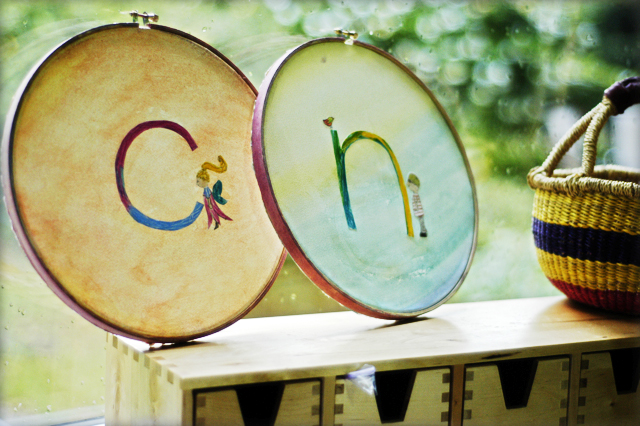
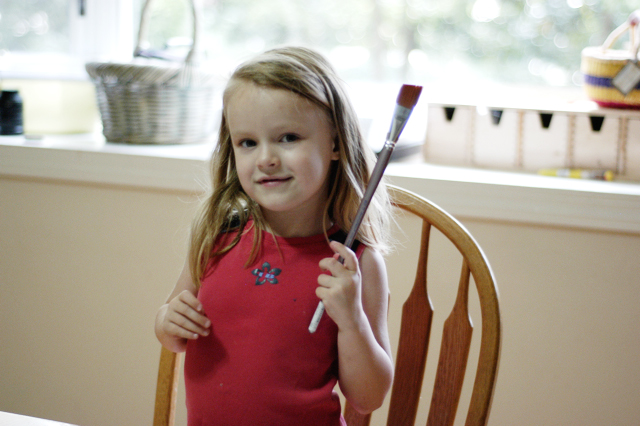

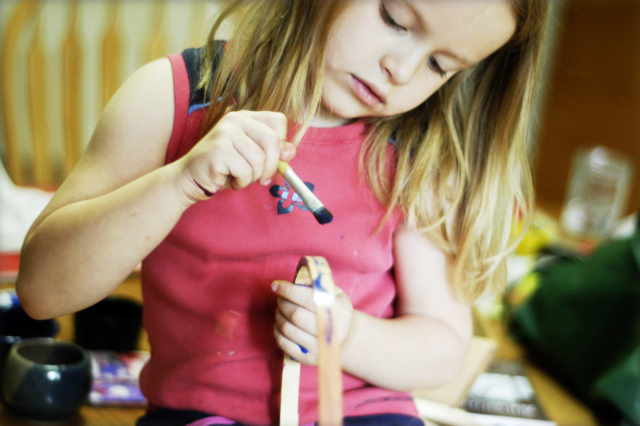
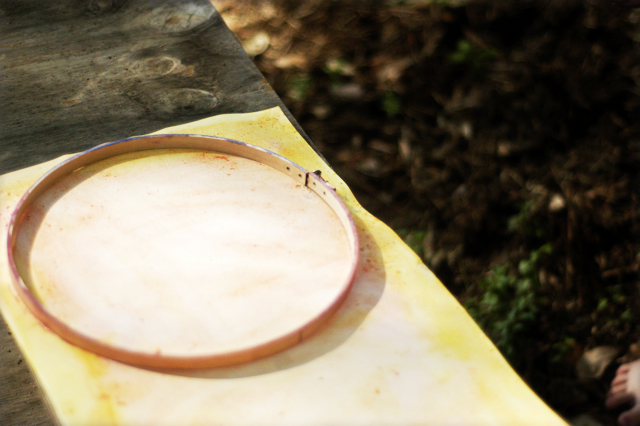

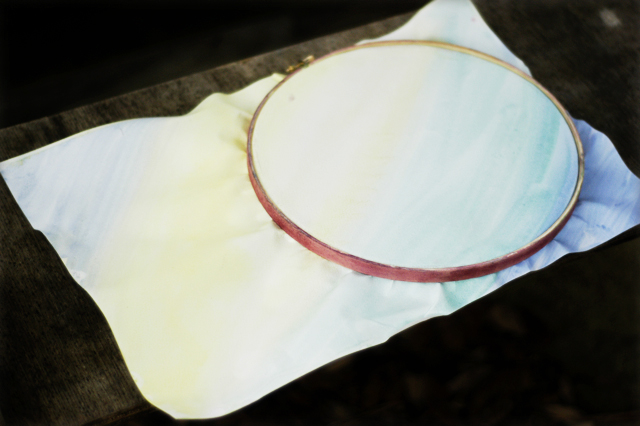
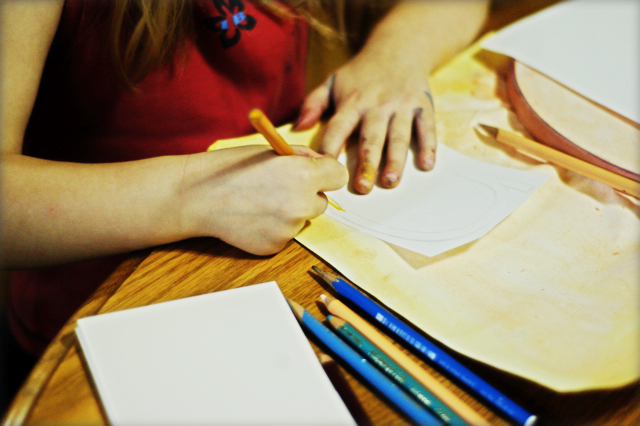
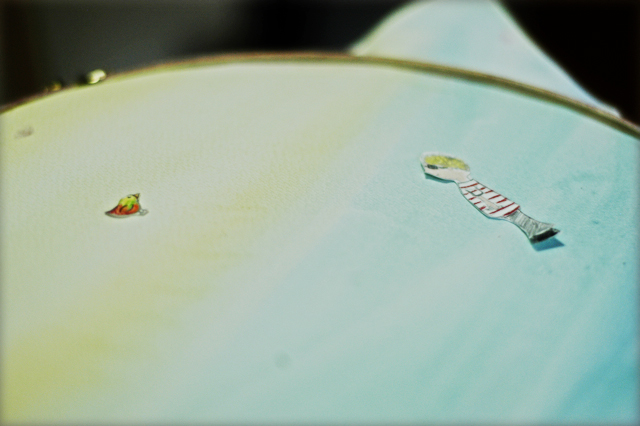
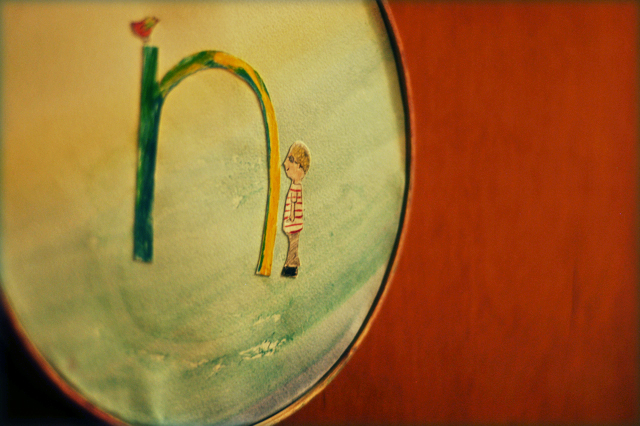
 Post a Comment
Post a Comment

















